Research on establishing Phu Quoc and Tho Chau Special Economic Zones in Kien Giang. (Photo: Le Huy Hai/VNA)
After the rearrangement, the commune-level administrative unit must ensure that the local government at the commune level effectively manages the area, has a firm grasp of the situation, is close to the people, and serves the people best.
In case of rearranging wards with administrative units of the same level, the new administrative unit after rearrangement is the ward; in case of rearranging communes and towns, the new administrative unit after rearrangement is the commune.
Convert current island districts and island cities into commune-level administrative units called special zones. Accordingly, 11 special zones under the province will be formed from island districts (11 island districts, including: Van Don, Co To, Cat Hai, Truong Sa, Hoang Sa, Phu Quy, Kien Hai, Bach Long Vi, Con Co, Ly Son, Con Dao).
Particularly for Phu Quoc city, Kien Giang province, the competent authority has agreed to separate Tho Chau commune of Phu Quoc city to establish a separate district, accordingly studying the establishment of 2 special zones: Phu Quoc and Tho Chau.
In case the arrangement of commune-level administrative units changes the boundaries of district-level administrative units, it is not necessary to consider the conditions and standards and it is not necessary to follow the process and procedures for adjusting the boundaries of the district-level administrative unit to which the commune-level administrative unit belongs.
Con Dao was voted one of 24 wild and beautiful destinations in the world.
Arrangement is not required for commune-level administrative units that are isolated and difficult to organize traffic connections with adjacent administrative units or have particularly important locations that affect national defense, security and the protection of national sovereignty.
The total number of commune and ward administrative units after the rearrangement will be reduced to about 60 - 70% compared to the current number of commune-level administrative units in the province and centrally-run city; at the same time, it is necessary to ensure a reasonable correlation, avoiding creating large gaps and differences in natural area and population size between the new communes and wards after the rearrangement.
Studying the history of formation, development, and the process of arranging administrative units at all levels in our country, based on scientific foundations of the elements constituting provincial-level administrative units, international experience, and the model of local government at the commune level according to the new orientation, the Government has proposed a number of criteria and standards for commune-level administrative units.
Based on the principles of administrative unit arrangement stipulated in the Resolution of the National Assembly Standing Committee on administrative unit arrangement in 2025, the Provincial People's Committee is responsible for developing and selecting a plan to arrange commune-level administrative units, ensuring that the whole country reduces the number of commune-level administrative units by about 60% - 70% compared to the present, in accordance with the characteristics of rural, urban, island, mountainous, highland, border, plain, and ethnic minority areas.
At the same time, it meets the orientations of mountainous and highland communes formed after the rearrangement with a natural area of 200% or more and a population size of 100% or more of the standards of the corresponding communes prescribed in the Resolution of the National Assembly Standing Committee on standards of administrative units and classification of administrative units.
Communes formed after the rearrangement that do not fall into the above cases have a population size of 200% or more and a natural area of 100% or more of the corresponding commune standards prescribed in the Resolution of the National Assembly Standing Committee on standards of administrative units and classification of administrative units.
Wards formed after the rearrangement of centrally-run cities have a population of 45,000 or more; wards formed after the rearrangement of provinces in mountainous, highland, and border areas have a population of 15,000 or more; the remaining wards have a population of 21,000 or more; and a natural area of 5.5 square kilometers or more.
The arrangement of commune-level administrative units under district-level administrative units in islands must ensure national defense and security according to the orientation approved by competent authorities.
In case of arranging 3 or more commune-level administrative units into 1 new commune or ward, it is not necessary to consider and evaluate the standards.
In case the commune-level administrative unit formed after the rearrangement cannot meet the prescribed standards and is not subject to the cases specified in the Resolution of the National Assembly Standing Committee on the rearrangement of administrative units in 2025, the Government shall report to the National Assembly Standing Committee for consideration and decision.
Pursuant to Resolution No. 60-NQ/TW and the above criteria, the Government assigned provinces and centrally-run cities to study and develop plans to arrange commune-level administrative units in their localities to ensure proper implementation of the Central Government's orientation goals; local commune-level authorities are close to the people, serving the people best./.
According to VNA
Source: https://baothanhhoa.vn/ca-nuoc-hinh-thanh-11-dac-khu-thuoc-tinh-tu-huyen-dao-245648.htm


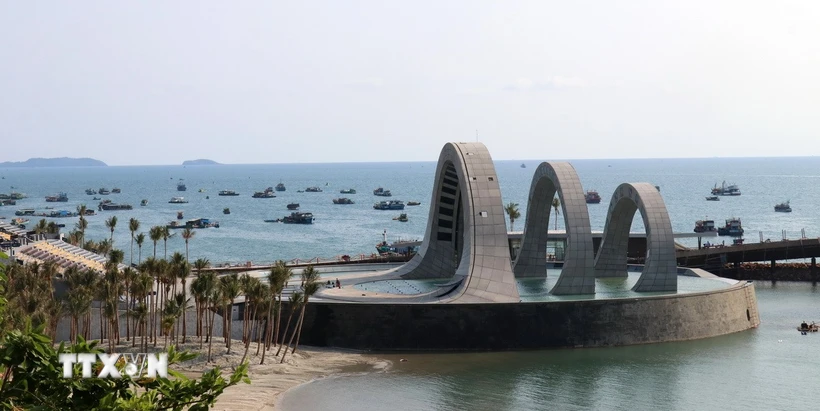

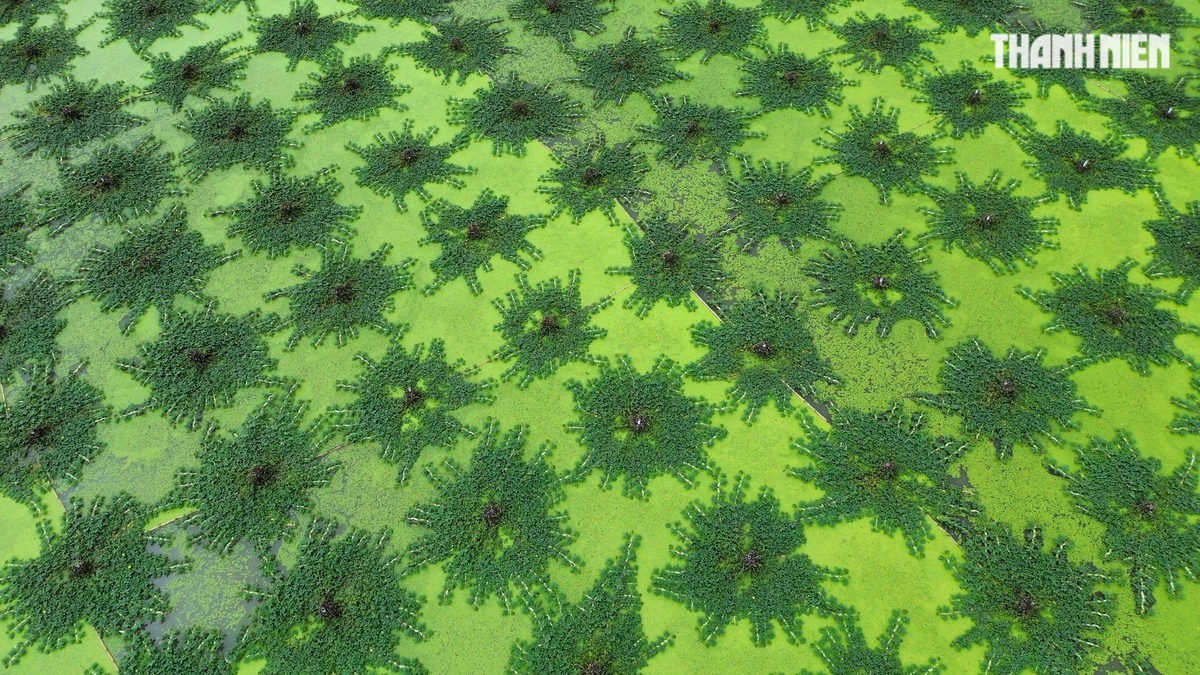
![[Photo] Prime Minister Pham Minh Chinh chairs the fourth meeting of the Steering Committee for Eliminating Temporary and Dilapidated Houses](https://vphoto.vietnam.vn/thumb/1200x675/vietnam/resource/IMAGE/2025/5/11/e64c18fd03984747ba213053c9bf5c5a)

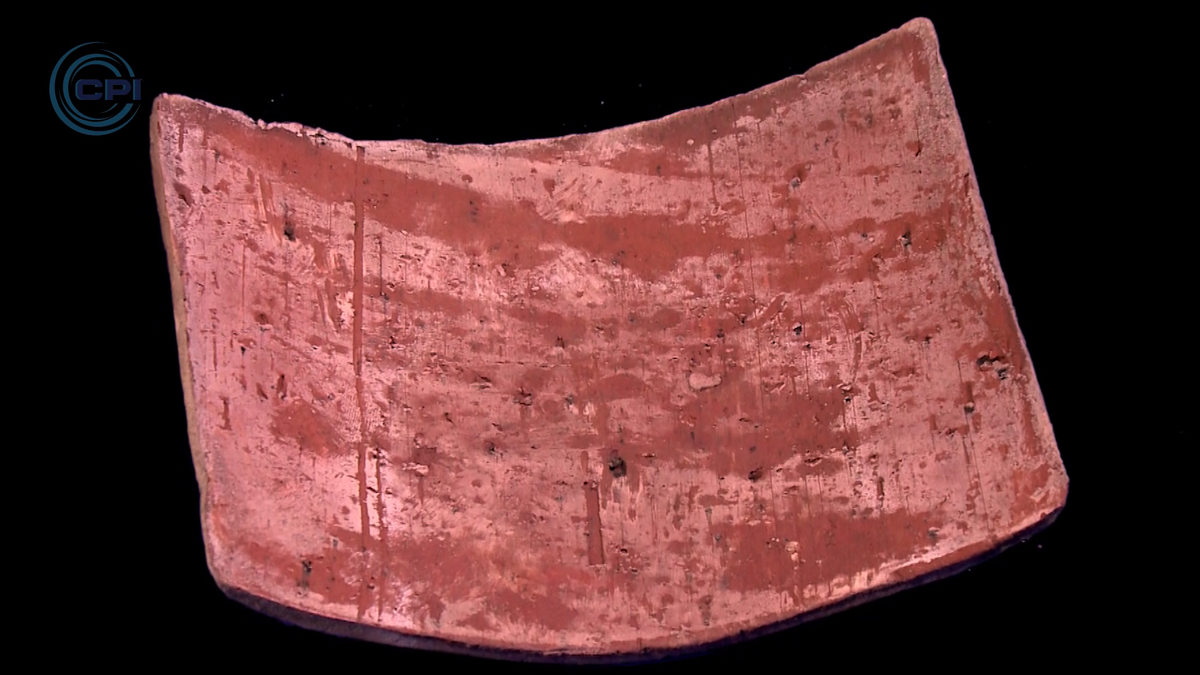
![[Photo] National Assembly Chairman works with leaders of Can Tho city, Hau Giang and Soc Trang provinces](https://vphoto.vietnam.vn/thumb/1200x675/vietnam/resource/IMAGE/2025/5/11/c40b0aead4bd43c8ba1f48d2de40720e)
![[Photo] The moment Harry Kane lifted the Bundesliga trophy for the first time](https://vphoto.vietnam.vn/thumb/1200x675/vietnam/resource/IMAGE/2025/5/11/68e4a433c079457b9e84dd4b9fa694fe)
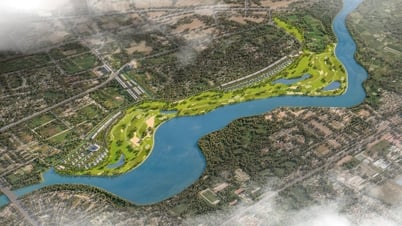




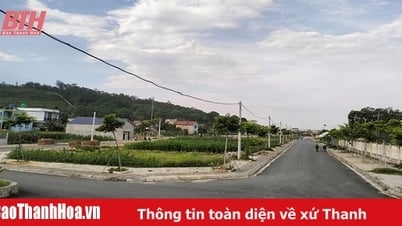















































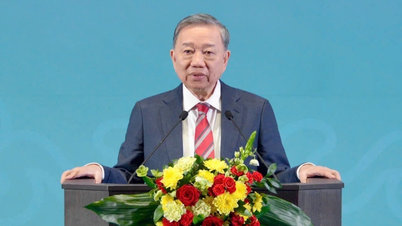
































Comment (0)